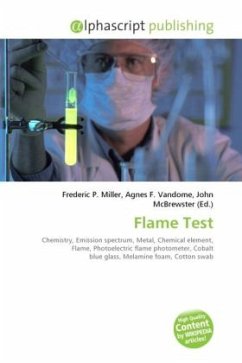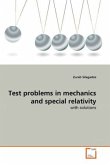High Quality Content by WIKIPEDIA articles! A flame test is a procedure used in chemistry to detect the presence of certain metal ions, based on each element's characteristic emission spectrum. The color of flames in general also depends on temperature; see flame color. The test involves introducing a sample of the element or compound to a hot, non-luminous flame, and observing the color that results. Samples are usually held on a platinum wire cleaned repeatedly with hydrochloric acid to remove traces of previous analytes. Different flames should be tried to avoid wrong data due to "contaminated" flames, or occasionally to verify the accuracy of the color. In high-school chemistry courses, wooden splints are sometimes used, mostly because solutions can be dried onto them, and they are inexpensive. Nichrome wire is also sometimes used. When using a splint, one must be careful to wave the splint through the flame rather than holding it in the flame for extended periods, to avoid setting the splint itself on fire. The use of cotton swab or melamine foam (eraser) as a support have also been suggested.
Bitte wählen Sie Ihr Anliegen aus.
Rechnungen
Retourenschein anfordern
Bestellstatus
Storno








